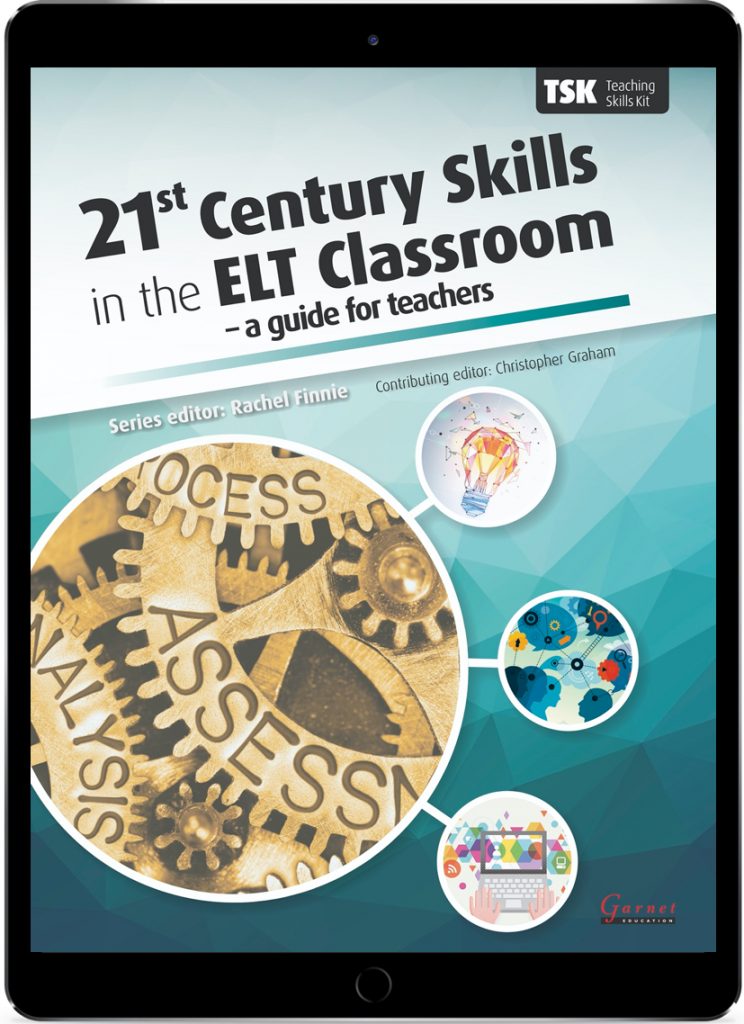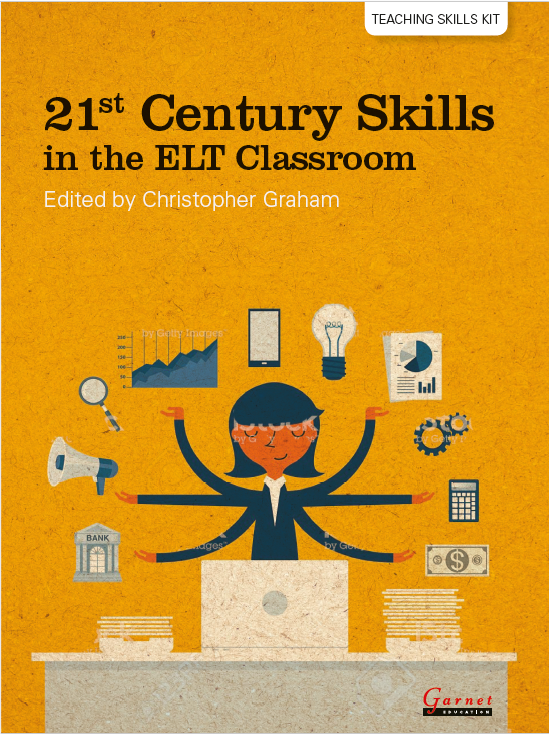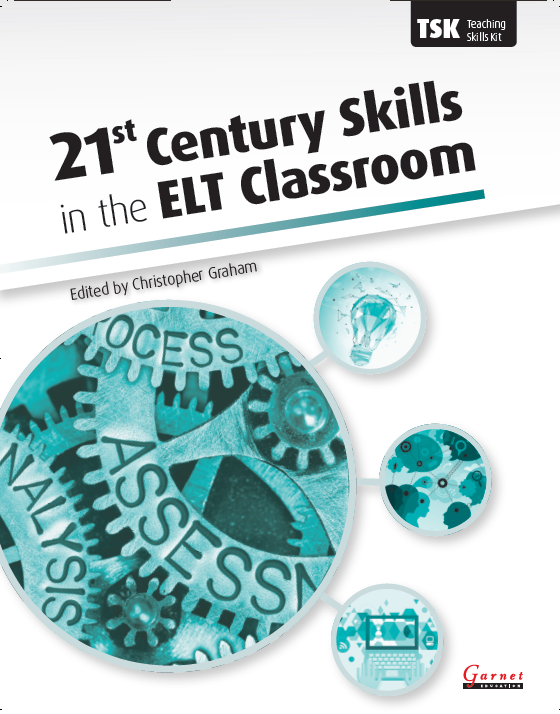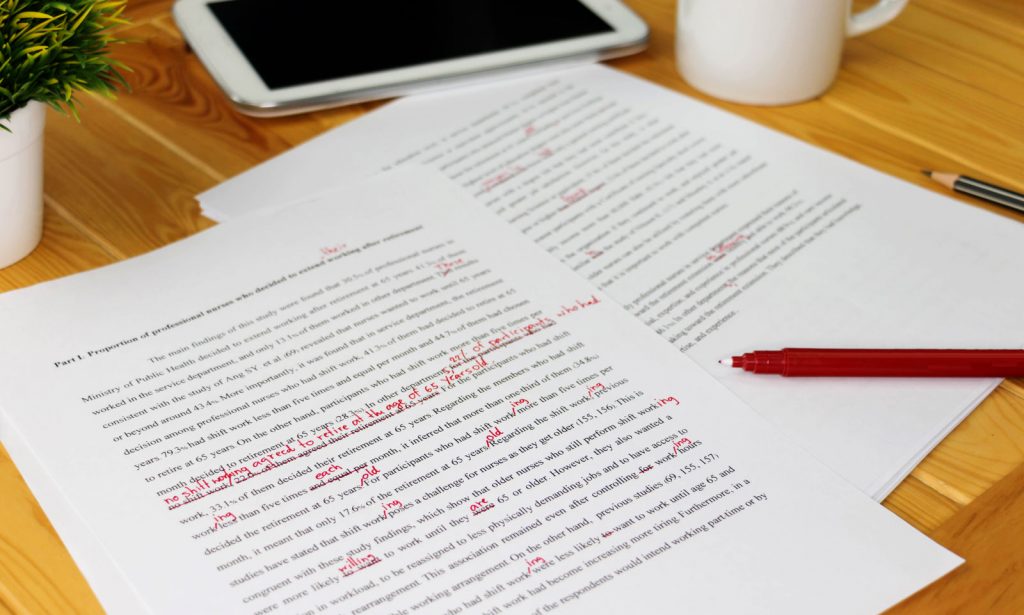
Welcome to our new three-part blog series about the life cycle of an ELT book, specifically our new book, 21st Century Skills in the ELT Classroom – A Guide for Teachers, which you can buy here. Each week we’ll be taking you behind the scenes of the publishing process and giving you an insight into the stages a book goes through, from conception to print, before it’s published. You can read part 1 here. For part 2 of the series, we spoke to our Design Manager, Mike, and Publishing Assistant, Alice B, about how the design process works and what production checks and permission requests have to be made before the book goes to print. Keep reading to find out more!
Creating proofs, photo research, and cross checks |DESIGN, PRODUCTION, EDITORIAL
Mike, Design Manager

As mentioned in part 1 of The life cycle of a book – 21st Century Skills, our initial input into a project is working on cover designs and working with the first unit provided to come up with styles that will work throughout –hopefully!
Regarding the covers, we provided a few different options to the team. At this stage, I tend to try and keep everything as open as possible to those involved, as you then get a good range of ideas that will eventually shape the look and feel of the whole book. Once we had a few options, we presented them to the rest of the management team and from there created a second, smaller group of options to pick from. At this stage, we also start to look at the market we are selling into and possible competitors to help us narrow it down. After this, we are then able to begin the work on the page design of the book for the sample unit. For this, we take into account the fonts and feel of the covers and utilise them to create the design.

Once the look of the book is agreed and we’ve received the complete manuscript, we start to think about the layout of the whole book. A fairly unusual feature of this book, compared to what we normally produce, is that each chapter has a different author, which meant that we had to tweak the design and styles for headings, tables, notes etc. dependent on the differences that each author brought. Once the layout is complete, the book then goes back to Editorial for checking, usually going through about three proof stages before it’s ready for publication.
Alice B, Publishing Assistant
Permissions and photo research

While all this was going on, my predecessor had combed through all the manuscripts looking for any quotes, figures and images which we might need permission for. She collated these all in a log, along with whatever information she could find on the source material. It was then my job to find and contact the copyright holders and request permission to use their materials in our book. Usually this worked out fine, but occasionally permission was denied, or all avenues of enquiry were exhausted, in which case I had to liaise with the editorial team to get the materials removed and, if necessary, replaced. 21st Century Skills in the ELT Classroom doesn’t have many pictures in it and most of them were already chosen by the authors, but it was also my responsibility to get the high resolution images and hand them to design, or find replacements for any which were unsuitable – here liaising again with the editorial team for photo approval.
Production
Production checks are usually the final checks before a book goes to print. This is where we go over everything with a fine-toothed comb, checking all the little fiddly bits which might be overlooked in a copyedit or a proof read. We have checklists to go through, looking for things like missing page numbers, paragraphs out of alignment, kerning that looks too tight, etc. etc. As part of this we have what we call the ‘Global checks’, where we search the final document for things that can easily go awry – things like making sure ‘z spellings’ are used throughout, that café always has an accent on the e, and that ordinal indicators always appear in superscript. That one comes up a lot in books about 21st century skills, as you might imagine!

Another crucial part of the production check is the pre-flight check, which ensures that a document is correctly set up for printing, that the colours have been converted to CMYK or mono as necessary, that the images are all high resolution, among other things. The proof then goes back to design for final corrections, then back to production for correction checks, and if everything is good to go, our Production manager will send the PDF off to print.


